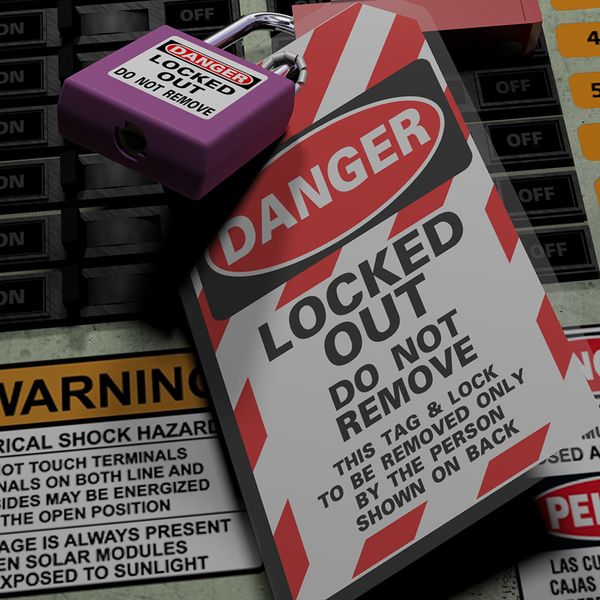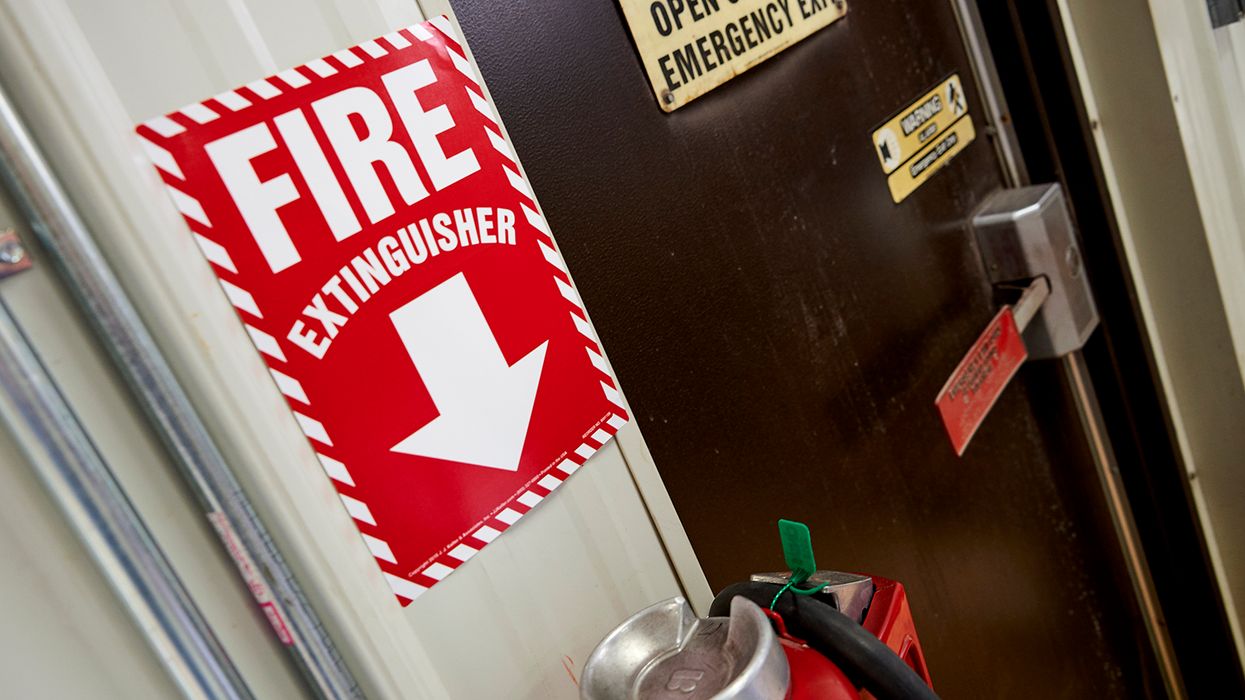Lock it! Tag it! Own it! Mastering roles for lockout tagout safety
Understanding the roles and responsibilities of workers is crucial for organizations to ensure compliance with OSHA's Lockout/Tagout (LOTO) requirements. Failure to provide appropriate authorization, training, and communication can lead to costly fines and violations.
From October 2022 through September 2023, OSHA issued over $21 million in fines and 2,545 violations related to the 29 CFR 1910.147 Control of Hazardous Energy regulation, with many of these citations attributed to inadequate procedures, failure to enforce procedures, and insufficient training.
Roles and responsibilities – 1910.147(b)
There are three types of employees affected by lockout/tagout programs: authorized employees, affected employees, and other employees. The key distinction among these types is the potential exposure to hazardous energy in their daily job tasks.
Authorized employees are the individuals who perform the actual LOTO procedures. Their duties include:
- Implementing lockout/tagout: Authorized employees are required to follow the established LOTO procedures. They ensure that energy sources are effectively isolated to prevent unexpected energization or startup.
- Applying locks and/or tags: Authorized employees physically apply locks and tags to energy isolation devices (such as switches, valves, or circuit breakers) to prevent accidental activation while the work is being performed.
- Performing maintenance or servicing: Authorized employees conduct maintenance or servicing tasks once the equipment is safely de-energized.
Affected employees are those who may normally operate the equipment or are near equipment undergoing LOTO. They may not directly perform the LOTO procedures but are impacted by it. Their duties include:
- Being aware: Affected employees need to be aware of ongoing LOTO activities. They must understand the significance of locks and tags and avoid interfering with them.
- Communicating: Effective communication between authorized employees and affected employees is crucial. Affected employees should know when equipment is de-energized and when it is safe to proceed in operating the equipment.
- Staying clear of hazardous areas: During LOTO, affected employees should stay away from hazardous zones (such as the point of operation) to prevent accidental exposure to energy sources.
Other employees include those who are not directly involved in LOTO procedures but may work in the same area or near where LOTO is happening. Their duties include:
- Being aware and cooperating: Other employees must be aware of LOTO activities. They should cooperate by respecting locks and tags, avoiding interference, and following safety protocols.
- Reporting violations: If other employees notice any violations or unsafe practices related to lockout/tagout, they should promptly report them to authorized personnel.
Training and retraining – 1910.147(c)(7)(i)
Employers must understand the different roles and responsibilities of LOTO. They must provide the necessary controls and proper training to educate and protect workers from hazardous energy sources based on their specific job requirements.
Each authorized employee must receive training in recognition of applicable hazardous energy sources, the type and magnitude of the energy available in the workplace, and the methods and means necessary for energy isolation and control.
While affected employees don’t directly perform lockout/tagout, they should receive basic training on the purpose and use of the energy control procedures to ensure their safety.
All other employees whose work operations are or may be in an area where energy control procedures may be utilized must be instructed about the procedure and prohibition relating to attempts to restart or reenergize machines or equipment that are locked or tagged out.
According to 1910.147(c)(7)(iii), retraining must be provided to authorized and affected employees in the following situations:
- When there is a change in job assignment, machine, equipment, or process that introduces a new hazard;
- When there is a change in an energy control procedure; or
- When a periodic inspection reveals deviations or inadequacies in employees' knowledge or use of energy control procedures.
Key to remember: Whether authorized, affected, or other, each type of employee has different responsibilities and training requirements. Employers must determine their workers’ roles and provide the appropriate training to comply with OSHA’s regulatory requirements, but most importantly to keep their workers safe.
































































